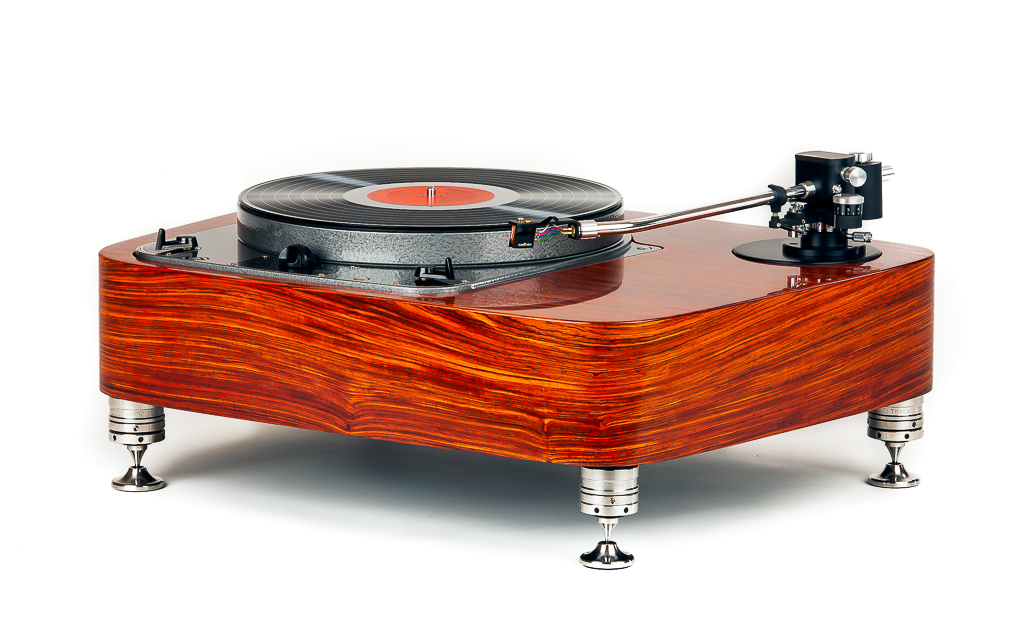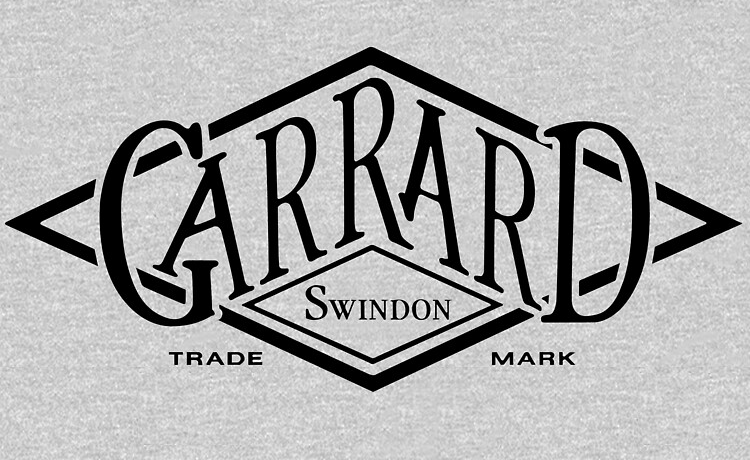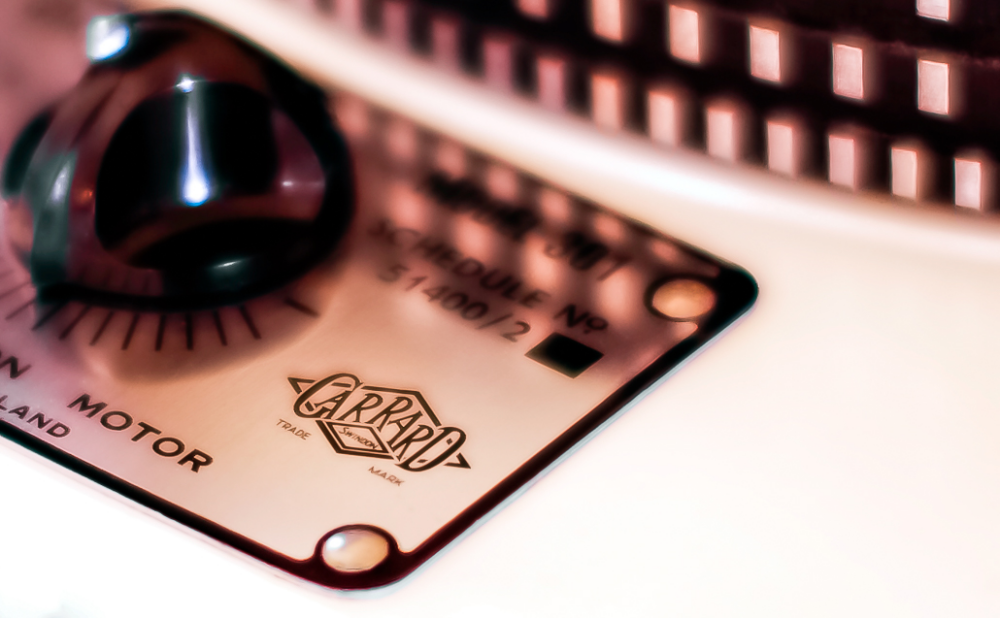Garrard 301 | Classic Transcription Turntable, 1953–1965
The Transcription Turntable That Started It All.
Garrard 301 Production Years: 1953–1965
Garrard 301 Designed by: Edmund W. Mortimer
The Legend Begins
The Garrard 301 isn’t just a turntable—it’s a benchmark. Introduced in 1954, it was the first transcription deck capable of playing all three major speeds: 33⅓, 45, and 78 rpm. Built like a tank, engineered with surgical precision, and oozing mid-century industrial style, the 301 quickly earned its place in radio stations, studios, and audiophile setups across the globe.
While its successor, the Garrard 401, is arguably more refined in performance, the 301 remains the icon. Collectors and analog purists often prefer the 301’s muscular industrial design, its distinctive idler-drive sound, and the tactile feel of its mechanical simplicity.
Woodsong Audio
71 Gooby Rd. Ste. B
Sandpoint, Idaho 83864
USA
01 +1 (208) 304-0973
Woodsong Audio
Born from a lifelong passion for high-end audio, fine art, and Old World craftsmanship, this workshop is dedicated to the pursuit of analog perfection—where attention to detail and a commitment to refinement define every project. Specializing in analog playback systems built around iconic idler-drive turntables such as the Garrard 301, Garrard 401, and Thorens TD124, their work is grounded in both reverence for heritage and precision engineering.
Approaching each restoration with the mindset of a master machinist, the team prioritizes speed accuracy, mechanical quietness, and technical excellence. Their restored turntables often surpass original manufacturer specifications, a testament to their deep expertise and meticulous process. With decades of collective experience, they understand these legendary decks inside and out, and consistently elevate them to their full sonic and mechanical potential.
Committed for the long term, they also provide ongoing post-service support for every Garrard or Thorens project they complete. Whether restoring a customer’s existing turntable, sourcing a high-quality base unit, or delivering a complete turn-key system, their goal is to offer enduring, museum-grade performance and craftsmanship.
Garrard Build & Engineering
The Garrard 301 features:
A 4-pole induction motor, known for torque and stability
An idler wheel drive system, transmitting motor power to the inside rim of the 6 lb diecast aluminum platter
A cast aluminum chassis, weighing in at a total of 16 lbs
A high-precision main bearing, allowing smooth, balanced platter rotation
This idler-wheel mechanism—often dismissed by modern belt-drive purists—contributes to the 301’s distinctive sonic signature: lively, dynamic, and full of personality.
Garrard Variants & Evolution
There were two main production schedules:
Schedule 1 (1953–1957): Grease-bearing units (serials up to approximately 34,999)
Schedule 2 (1957–1965): Oil-bearing units (serials around 35,000 and higher)
Voltage was dual-range (100–130V and 200–250V), and the motor pulley was designed for either 50Hz (nickel) or 60Hz (brass) use.
Performance Specifications:
Wow: less than 0.02%
Flutter: less than 0.05%
Garrard Finishes and Rare Variants
Grey “Hammertone” Finish
Used from launch through the mid-1950s, this textured industrial coating was likely sourced from WWII armament surplus. These models had rimless chassis, black raised-letter fascia plates, and grease bearings. Early units went to institutions like the BBC, where function trumped finish. A rare "A" variant, with a 120V/60Hz brass pulley, was exported to the U.S.
Ivory Finish (mid-1950s onward)
First appeared on rimless chassis models around serial #15,000, later paired with a new rimmed chassis. Early ivory units maintained black fascia plates with raised text. Later versions switched to silver plates with screen-printed black text. Grease-bearing continued until about serial #35,000, when oil bearings became standard.
White Finish (final production years)
These oil-bearing units featured later motors (215V/107V) better suited for modern 230V mains voltage. Most came with silver fascia plates and black text, although the very last models reversed this: black plates with silver lettering and added Mu-metal switch covers. Serial numbers extend to at least #82,168 (1965).
Dating a Garrard 301
To estimate your unit’s production year:
Serial number ÷ 7,000 + 1954 = approximate year
For example:
Serial #14,000 ÷ 7,000 = 2 → 1954 + 2 = 1956
Use the Garrard 301/401 Serial Number Decoder online for better precision.
Note: Garrard often upgraded or retrofitted returned units, so early models may include later parts. Over the decades, many 301s have also been restored or modified by specialists.
Garrard Restoration and Upgrades
Untouched Garrard 301s are increasingly rare. Whether restoring to original spec or upgrading for high-end playback, owners typically address the following areas:
Garrard Service Items:
Idle wheel: Must be clean and perfectly round. Never leave it engaged while idle.
Springs: Motor suspension, return springs, and chassis mounts may need replacement.
Bearings: Check for wear and re-lubricate as needed.
Electrical: Inspect wiring for insulation and leakage. Use heat-shrink tubing where possible.
Transit Clamp: Loosen fully before use. Some remove it entirely to reduce vibration.
Garrard Popular Upgrades:
Modern precision idle wheels
Garrard 401 motor swaps
Custom-made high-precision bearings
External regulated power supplies






